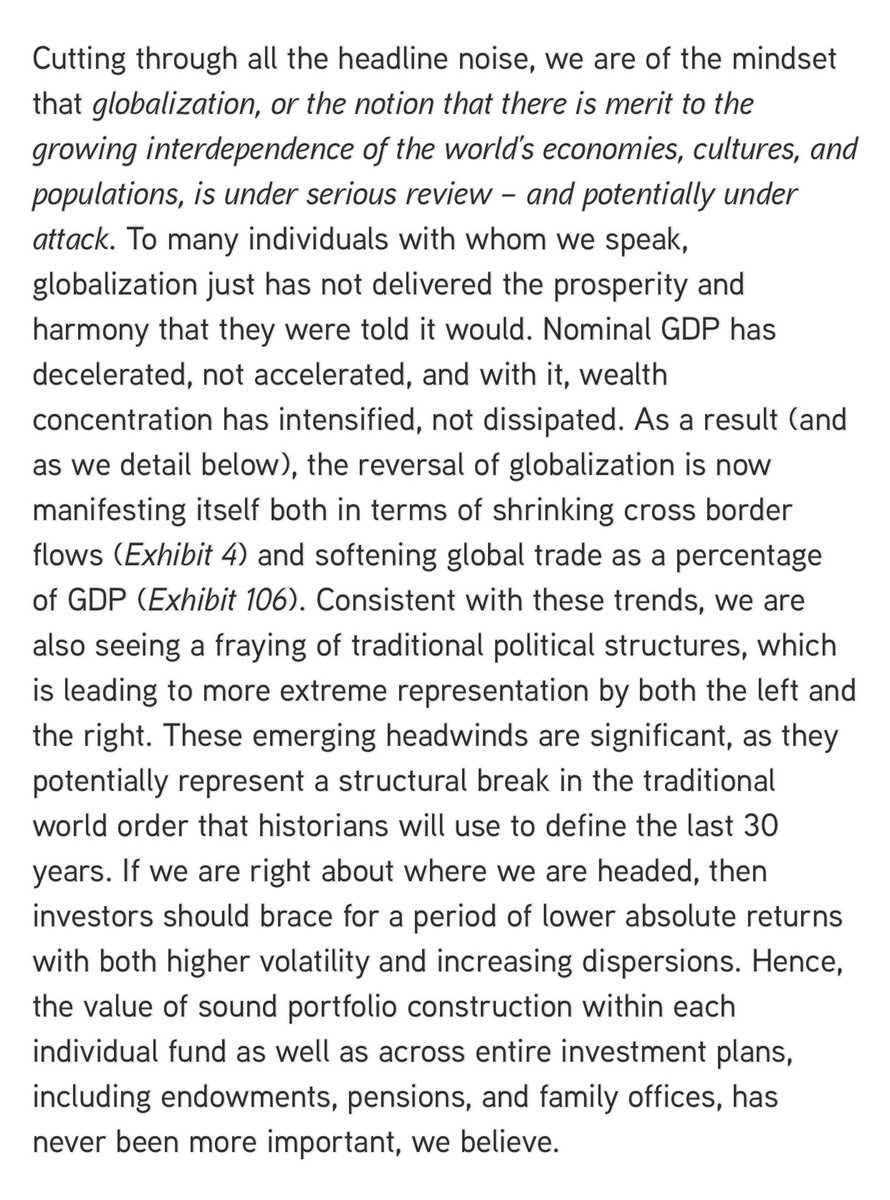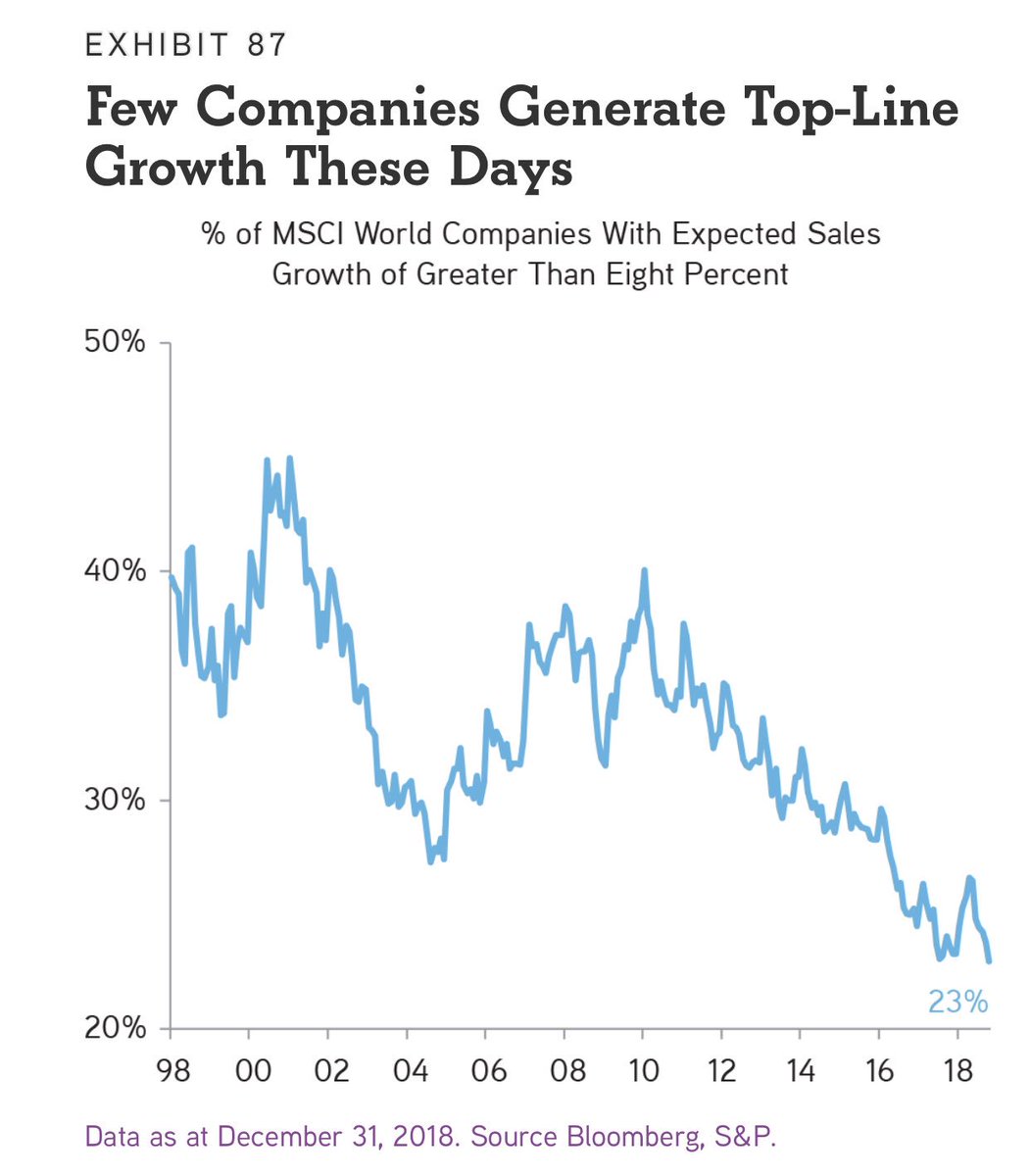This is a thread of mistakes, diligence findings & lessons. Some personal, some professional. Will keep adding as I dig through memory. Hope it’s as useful to you as it was & is for me. No names. Context wherever possible
#InvestingMistakes #DiligenceFindings #Lessons
#InvestingMistakes #DiligenceFindings #Lessons
1/ What it takes to grow a company 100 cr in size is different to grow it to 500 cr is very diff for 1000 cr, v diff for 10k cr. Very few ppl have the skills to lead such cos. Hence very few small caps will make it to largecaps
2/ Mistaking ROCE / ROE expansion (driven by cheaper input cycle) for management skill — industrials, chemicals, commodities
3/ Ignoring capacity addition in global RM supply chain and assuming access to RM as a moat — manufacturing, industrials, semiconductors
4/ High rev growth / utilisation / occupancy driven by black to white conversion; which peters off when the conversion is largely complete — tolls, hotels, retail. Sectors with large cash collections
5/ “A rolling loan gathers no loss” — financials
6/ Goldplating of capex. Knowing the unit economics helps — mostly infra, industrials, textiles, food processing. In infra / industrials capex imported through related parties and multiple friendly intermediaries
7/ Ignoring promoter share pledges and promoter LAS. This one cost me dearly in 2010. It’s a good thing pledges are disclosed publicly now
8/ Promoters buying back slow moving inventory from retail shops through “friendly” parties to show sexy inventory metrics — retail
9/ Paying retail / consumer multiples for a wholesale business.
10/ Using working capital to fund capex — infra, industrials. This is relatively easy to figure out. If short term WC loans >> Net working capital and LT debt small in comparison to debt mix and capex something is surely wrong.
11/ Average businesses with little or no differentiation having super high margins at premium to industry leader (which are not sustainable)
12/ Mistaking a benign currency driving margins in an import business (assumed to be sustainable) for management skill
13/ Raising debt to pay dividends — financials
14/ Buying a consumer loan book outright to show higher share of consumer loans in the hope of getting a consumer finance multiple — financials
15/ Investing in asset intensive businesses at the peak of their profit cycle by paying peak valuations. Normalise. Always normalise
16/ Assuming price rise due to limited float as a sign of market validation.
17/ Always start to rethink risk in light of well funded competition and new entrants — multiple industries
18/ Capex / unit and working capital significantly different from industry peers needs investigation.
19/ Not investigating the promoter entities and trading houses which are large shareholders in a stock. If these are shell cos owned by dubious ppl can destroy value fast if a scam / adverse event breaks out
20/ Force-fitting an analysis to an idea which has caught your fancy. This was unfortunately a bad habit from professional investing and took some time to unlearn
21/ Building a position too quickly without seeing validation of thesis playing out in numbers. When price seems optically cheap this is a big temptation.
22/ Installing a market related app ie Moneycontrol. Ever since deleting it I found more time, cleared my head and also improved my phones battery life
23/ Co-relation and causation are very two different things. Separating the two is difficult and prone to bias but not impossible, links to No.20 on force-fitting a thesis
24/ If you take equity risk, its useful to watch the debt and credit markets. Debt investors are relatively more efficient in pricing downside vs equity investors.
25/ Even if you don’t understand / invest in banks and financial cos, it’s good to listen in to a good mgmt. team on where they are lending / avoiding. In India, HDFC Bank and Kotak’s lending books are good leading indicators, they usually get out of trouble early
26/ Portfolio management and stock picking are two different skills. Stock picking is commoditized. If you have to pay for a manager, pay more for portfolio / risk management and less for long ideas
27/ Returns in most small and mid-caps in India are strongly linked to market liquidity and limited float and less to fundamentals driven by management decisions
28/ All kinds are needed to make a market. Converting practitioners of other styles to yours will make your style ineffective
29/ Returns cannot be compared unless the underlying risk is the same (which it will never be). A 25% return is not better than 15% if there was a 50% chance of a loss with the former but only 10% chance in the latter. Estimation of chance is also subjective, you get the drift ..
30/ Competitive advantages have a finite life and need constant investment, focus and attention from management to be sustainable. Most companies hit a growth speedbump because mgmt cannot reinvent themselves or their companies at scale. Links to No 1 on this list
31/ By corollary, careers hit a speedbump when you cannot reinvent yourself at work
32/ In most steady state businesses, mgmt. has relatively more control over capital employed than it has over EBIT. Exception when prop tech or location access drives lower cost or revenue.
33/ Earning multiples are poor valuation metrics for businesses with operating leverage. You need to either go up the P&L (EV/sales), combine with balance sheet (GM or EBITDA/capacity) or operating numbers (EV/capacity) + understand the cycle (incremental capex addn and its cost)
34/ Valuation multiples are measures of what the market is thinking. Its derivatives (mean, average, discount, premium, etc) used for your analysis gives more weight to what the market thinks rather than your own thinking. It’s not wrong to use but it’s good to be aware
35/ When industrial assets trade at high book multiples it implies very high earnings expectations from capex. There is a natural limit to these assets and it always happens at the peak of a cycle. Its good to step back and relook at the entire ecosystem
36/ One way of thinking through high valuation multiples is that you are very certain of the future for a very long period of time. When you find yourself justifying such a multiple stop to think when was the last time you got something like this right
37/ While premium products have grown in India it continues to be a small market. Even $ millionaires are value conscious. I hope that changes over time
• • •
Missing some Tweet in this thread? You can try to
force a refresh











